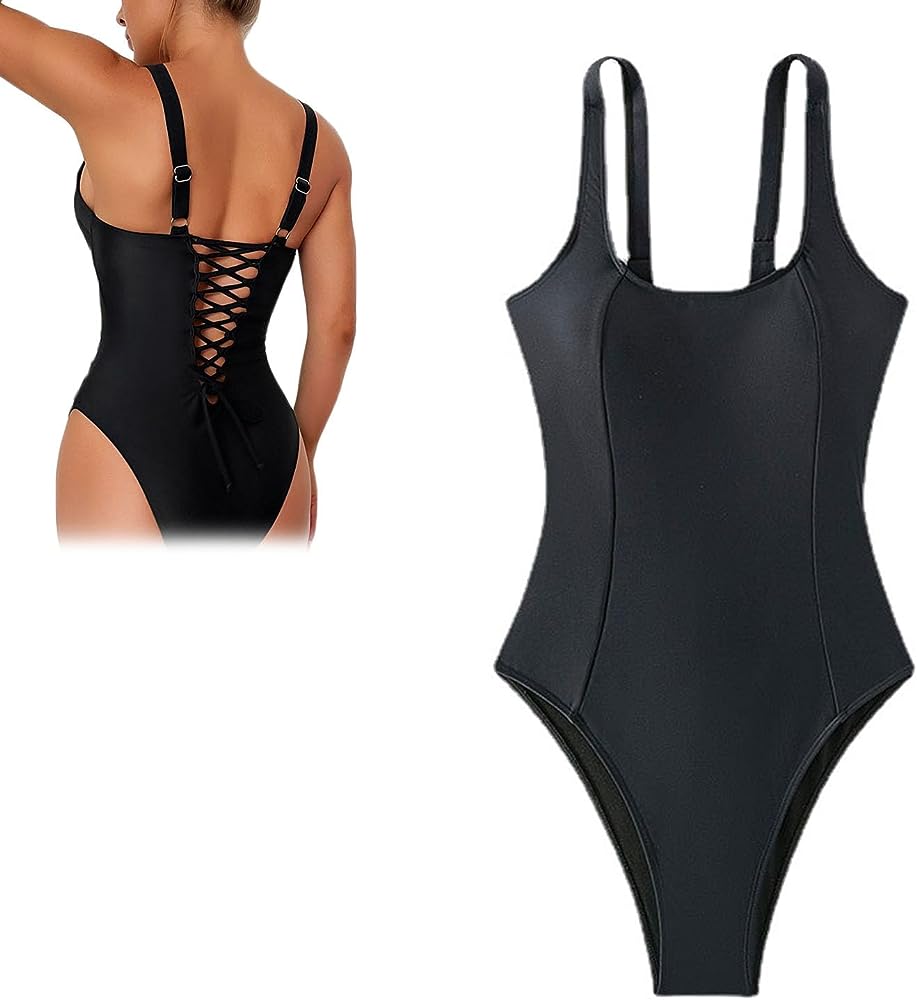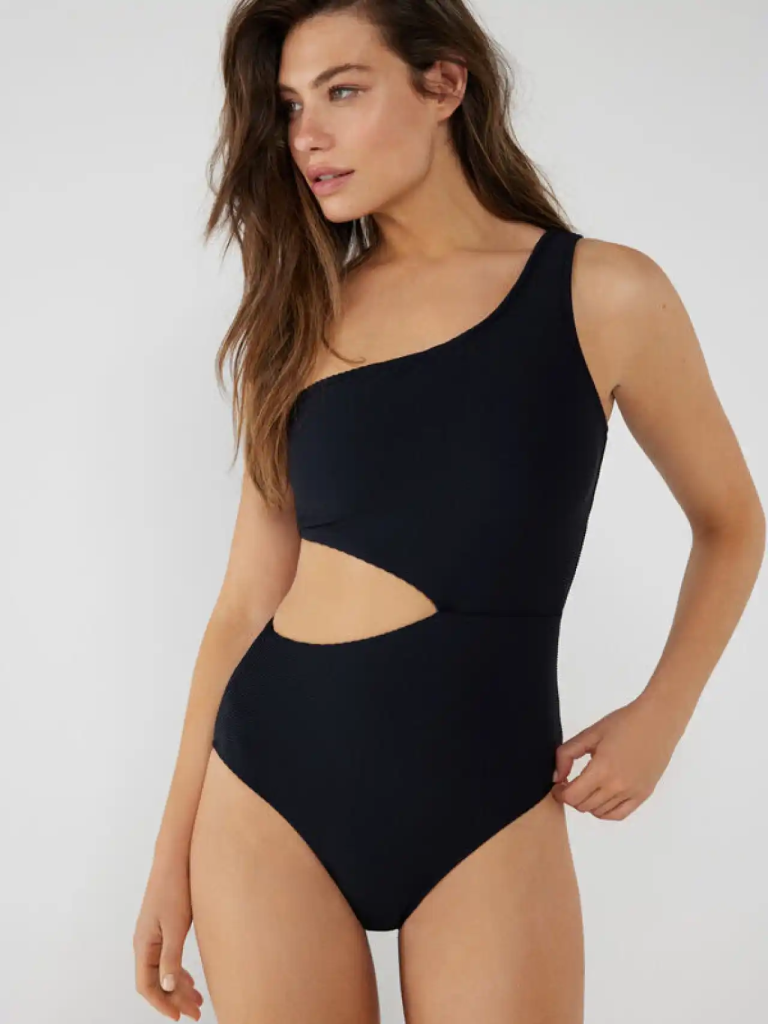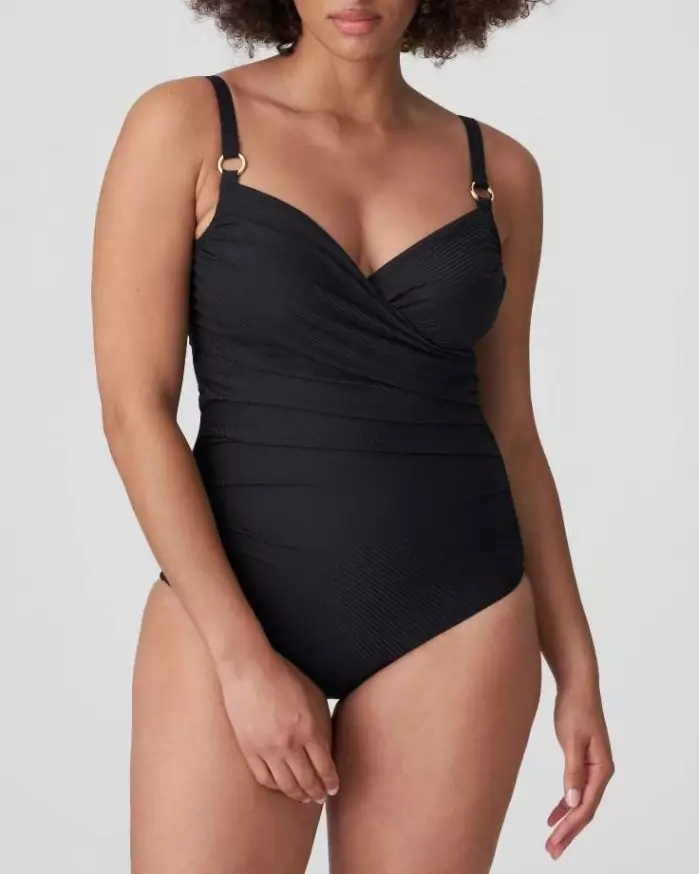
When it comes to swimsuits, we often focus on finding the perfect style and fit. However, an aspect that is equally crucial but often overlooked is the choice of fabric. Selecting the right fabric for your swimsuit can significantly impact your comfort, durability, and overall experience while wearing it. In this article, we will explore the importance of selecting the right fabric for your swimsuit and guide you through the various options available to help you make an informed decision.
Comfort and Fit:
One of the primary considerations when choosing a swimsuit fabric is comfort. The fabric should feel soft against your skin and provide a comfortable fit that allows for ease of movement. Fabrics such as nylon, polyester, and spandex are known for their excellent stretch and recovery properties.
Moreover, it’s essential to consider the level of support you need from your swimsuit. If you have a larger bust, for example, you may require a more supportive fabric that helps lift and hold in place. Fabrics with built-in cups, padding, or underwire can provide the necessary support, while still maintaining comfort.
Durability and Longevity:
Another crucial factor to consider when selecting swimsuit fabric is durability. Choosing a fabric that is resistant to these factors will ensure that your swimsuit lasts longer and maintains its shape and color. Additionally, look for fabrics that offer UV protection, as they help shield your skin from harmful sun rays while ensuring the longevity of your swimsuit.
Quick-Drying and Breathability:
Swimsuits are meant to be worn in water, so it’s essential to choose a fabric that dries quickly. No one wants to sit around in a wet swimsuit for an extended period. Furthermore, breathability is crucial, especially in warm weather. Fabrics that allow air circulation and moisture-wicking properties can help keep you cool and comfortable, preventing any discomfort or irritation caused by excessive sweat. Look for swimsuit fabrics with mesh panels or perforations that allow air to flow, promoting breathability.
Resistance to Fading and Pilling:
Over time, exposure to sun, chlorine, and other elements can cause swimsuits to fade or develop pills. Choosing a fabric that is resistant to fading and pilling will ensure that your swimsuit retains its vibrant colors and smooth texture for a longer time. Fabrics that are specifically designed for swimwear, such as nylon blends or polyester blends, tend to have better resistance to fading and pilling.
Choosing Sustainable Options:
In recent years, there has been a growing concern for the environment and sustainable fashion choices. When selecting a swimsuit fabric, consider opting for sustainable and eco-friendly options. Fabrics made from recycled materials or regenerated fibers, such as Econyl (regenerated nylon), are excellent choices that help reduce waste and contribute to a more sustainable fashion industry. These natural fibers are biodegradable and have a lower environmental impact.
Conclusion:
Selecting the right fabric for your swimsuit is an essential aspect of ensuring comfort, durability, and longevity. Whether it’s choosing a fabric that offers a comfortable fit, durability against elements like chlorine and sun exposure, quick-drying and breathability properties, or resistance to fading and pilling, each aspect contributes to an overall enjoyable swimwear experience. Additionally, considering sustainable options can make a positive impact on the environment. So, take your time, explore different fabrics, and make an informed decision to find the perfect swimsuit fabric that meets your needs and allows you to enjoy the beach or pool with confidence.









